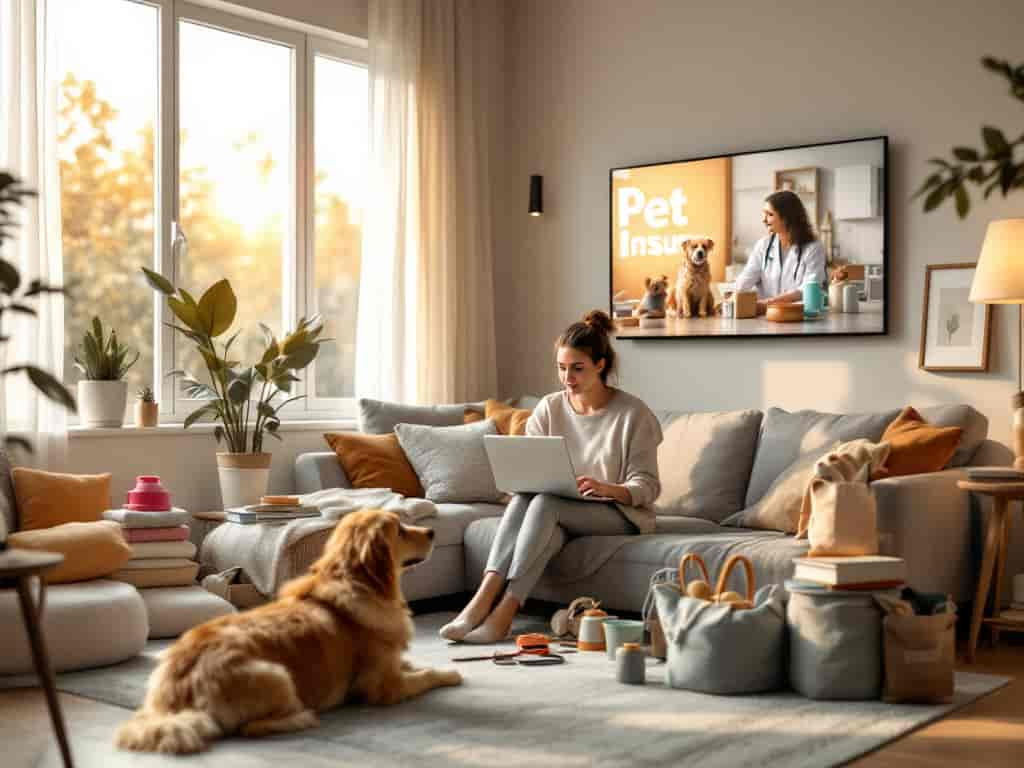Automotive Design Trends Shaping the Future
Ellie Moore
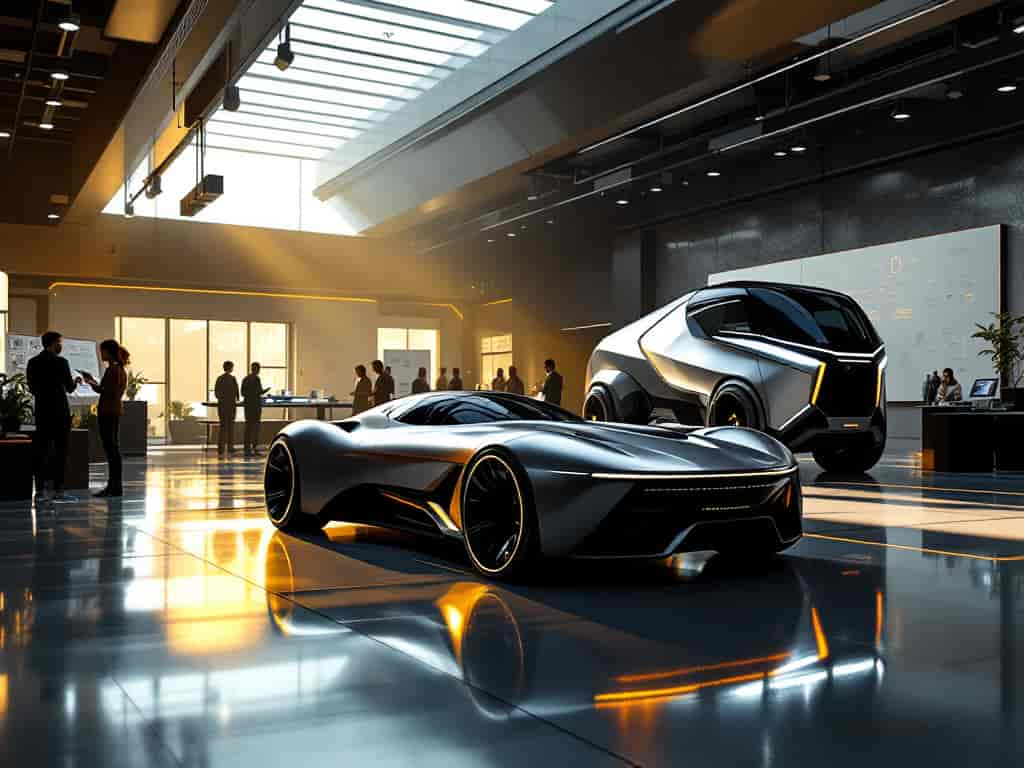
Photo: Automotive Design Trends Shaping the Future
Automotive Design Trends Shaping the Future: What to Expect in the Next Decade
The automotive industry is experiencing a seismic shift, driven by advancements in technology, changing consumer preferences, and the global push for sustainability. The days of merely focusing on horsepower and sleek exteriors are gone. Today, automotive design trends are all about creating vehicles that are as intelligent as they are aesthetically pleasing. From electrification to cutting-edge AI, the future of automotive design promises innovation that reshapes how we drive and interact with vehicles. Let’s explore the trends steering the future of automotive design.
1. Electrification: The Dawn of a New Era
The Rise of EVs
One of the most significant automotive design trends is the surge in electric vehicles (EVs). With governments worldwide introducing stricter emission regulations, automakers are pivoting to EVs as the cornerstone of future mobility. Electric vehicles have sparked an evolution in design, enabling manufacturers to rethink the fundamentals of vehicle architecture.
Key Design Impacts:
- Battery Placement: The flat battery packs used in EVs have led to the rise of skateboard platforms, providing a low center of gravity and enabling spacious, versatile interiors.
- Aerodynamic Efficiency: With the absence of internal combustion engines, designers focus on reducing drag for improved range, resulting in sleeker, more futuristic silhouettes.
- Grille-Less Front Ends: EVs don’t require large air intakes for cooling, leading to minimalistic front designs that signal the transition to zero-emission mobility.
2. Autonomous Driving: A Paradigm Shift in Interior Design
The Driver Becomes a Passenger
As autonomous driving technology advances, car interiors are transforming into multifunctional spaces. With Level 4 and Level 5 autonomy on the horizon, the need for traditional driver-focused elements is diminishing.
Emerging Trends in Autonomous Vehicles:
- Lounge-Style Interiors: Expect to see reclinable seating, adjustable lighting, and modular layouts that make cars feel like living rooms on wheels.
- Integrated Displays: Panoramic screens and augmented reality (AR) dashboards are becoming central to vehicle interiors, providing entertainment, navigation, and real-time updates.
- Customizable Ambience: Technologies like AI-driven climate control and soundscapes adapt the cabin environment to the passenger’s mood.
3. Sustainability and Eco-Friendly Materials
Going Green in Design
Sustainability is no longer optional it’s a necessity. Automakers are responding by adopting eco-friendly materials and processes that reduce their carbon footprint. This shift isn’t limited to electric powertrains but extends to the materials used in vehicle production.
Innovations in Sustainable Design:
- Recycled Materials: Carmakers are using recycled plastics, metals, and even fabrics derived from ocean waste.
- Natural Fibers: Bamboo, hemp, and other renewable resources are replacing traditional leather and synthetic materials.
- Circular Design: Modular components that can be easily replaced or recycled are gaining popularity, aligning with the principles of a circular economy.
4. Connected Cars: The Internet on Wheels
Smart Features for the Digital Age
The rise of connected vehicles is reshaping automotive design, emphasizing seamless integration between technology and functionality. Modern cars are becoming extensions of our digital lives, offering unparalleled connectivity and convenience.
Key Developments in Connected Car Design:
- Advanced Infotainment Systems: Touchscreens, voice commands, and gesture controls are elevating the user experience.
- Vehicle-to-Everything (V2X) Communication: Cars are being designed to interact with infrastructure, other vehicles, and pedestrians to enhance safety and efficiency.
- Personalized Driving Experiences: AI learns driver preferences, such as seat adjustments, climate control, and music preferences, for a truly customized journey.
5. Bold Aesthetics: The Fusion of Art and Engineering
A Visual Revolution
The aesthetic appeal of vehicles remains a top priority, but modern design leans heavily on innovation. Futuristic shapes, dynamic lines, and distinctive lighting elements dominate current trends.
Notable Aesthetic Shifts:
- LED and OLED Lighting: Customizable, energy-efficient lighting allows automakers to create unique visual signatures.
- Color Customization: Advances in paint technology allow for color-shifting finishes and self-healing coatings.
- Minimalism Meets Boldness: Clean lines combined with aggressive stance and proportions define the vehicles of tomorrow.
6. Mobility as a Service (MaaS): Designing for Shared Use
From Ownership to Access
The growth of ride-sharing and MaaS platforms is influencing automotive design, shifting focus from personal ownership to shared utility.
Design Features for Shared Mobility:
- Durability: Materials and components designed to withstand heavy use.
- Ease of Maintenance: Modular designs simplify repairs and replacements.
- Universal Appeal: Neutral aesthetics cater to a wide demographic of users.
Actionable Insights for Industry Stakeholders
If you’re an automotive designer, engineer, or industry enthusiast, here’s how to stay ahead in this rapidly evolving field:
- Embrace Technology: Invest in tools and software that enable you to experiment with cutting-edge designs and functionality.
- Think Beyond Aesthetics: Consider user experience, sustainability, and connectivity in your designs.
- Collaborate Across Disciplines: Partner with tech firms, material scientists, and sustainability experts to create holistic solutions.
FAQs
Q: How are EVs influencing car design?
A: EVs are transforming car design with streamlined shapes, innovative battery placement, and grille-less front ends, enhancing both functionality and aesthetics.
Q: What role does sustainability play in automotive design?
A: Sustainability drives the use of eco-friendly materials, recycled components, and modular designs, aligning with global efforts to combat climate change.
Q: Will autonomous cars eliminate the need for steering wheels?
A: While fully autonomous vehicles may eventually replace steering wheels, current designs often include retractable or modular controls for hybrid functionality.
Conclusion: Driving Into the Future
The automotive industry is undergoing a design revolution that marries innovation with sustainability and user-centric features. As we shift toward a future defined by electric powertrains, autonomous driving, and smart connectivity, designers have an unparalleled opportunity to reshape the way we perceive mobility.
What trend excites you the most? Share your thoughts in the comments below, and don’t forget to explore our related content for more insights into the future of automotive innovation!
Finance & Investment
View All
June 5, 2025
Chase Car Financing Rates 2025Elevate your online presence with expert SEO content. Understand its role in higher rankings, user engagement, and building trust with Google's E-E-A-T.
Ellie Moore

October 19, 2025
Lightstream Finance Loan ReviewCommitted to accuracy & integrity. I promise to always add proper citations to all content, ensuring reliability for my readers.
Ellie Moore

August 9, 2025
Leverage Finance Simple BreakdownGo beyond keywords. Craft expert SEO content that ranks high by satisfying user intent & demonstrating E-E-A-T: Experience, Expertise, Authoritativeness, Trustw...
Ellie Moore

November 22, 2024
Should You Open a Roth IRA? Here’s What You Need to KnowConsidering a Roth IRA? Learn the benefits, eligibility, and contribution limits. Discover how this retirement account can help you save for the future. Make an informed decision today!
Ellie Moore

October 4, 2025
AI and Finance Modern TrendsMaster expert SEO content to dominate search rankings. Go beyond keywords, focus on value, user intent & E-E-A-T to create content that ranks, engages, and conv...
Ellie Moore

October 29, 2025
Yahoo Finance App Full ReviewGo beyond keywords! Learn to craft expert SEO content that truly serves users, demonstrates E-E-A-T, and achieves top search rankings. Get tangible results.
Ellie Moore
Insurance
View AllProtect your freelance career with tailored insurance. Discover coverage options for self-employed individuals.
Ellie Moore
Secure your business's future. Explore Premium Erie Insurance Coverage to mitigate risks, ensure financial stability, and optimize your risk management strategy...
Ellie Moore
Enhance your coverage with insurance riders. Learn about their types, benefits, and why they’re crucial for customizing policies.
Ellie Moore
Understand how insurers assess risks to calculate premiums. Learn how your profile impacts your policy cost.
Ellie Moore
Is pet insurance right for you? Explore the pros, cons, and costs of coverage to keep your furry friend healthy.
Ellie Moore
Learn how liability insurance shields businesses from financial risks and legal challenges. Secure your company's future today!
Ellie Moore
Education
View AllIs self-directed learning the future? Learn how students can take control of their own education, boost motivation, and achieve better results.
Read MoreUnschooling is redefining education. Learn how this self-directed approach works and why more families are embracing it as an alternative to traditional schooling.
Read MoreDifferentiated instruction helps teachers reach diverse learners. Find out how tailored teaching improves outcomes for every student.
Read MoreDigital citizenship teaches responsible tech use. Learn how to help students navigate the digital world safely and ethically.
Read MoreSudbury schools embrace radical self-direction in learning. Learn how they empower students to take full control of their education journey.
Read MoreFinancial literacy is essential for today’s students. Discover why teaching money management early can lead to smarter financial decisions.
Read MorePopular Post 🔥
View All
1
2
3
4
5
6
7
8
9
10
Health






Automotive
View All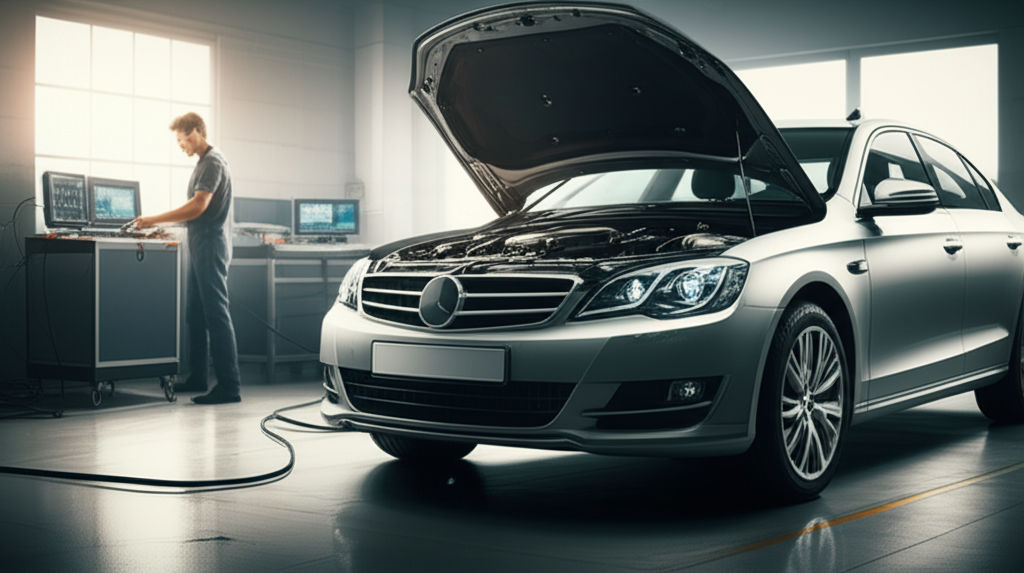
August 26, 2025
Mastertech Automotive Repairs And Diagnostics
Mastertech Automotive decodes modern car repairs. Get expert diagnostics for complex vehicles, ensuring precise fixes & peace of mind.
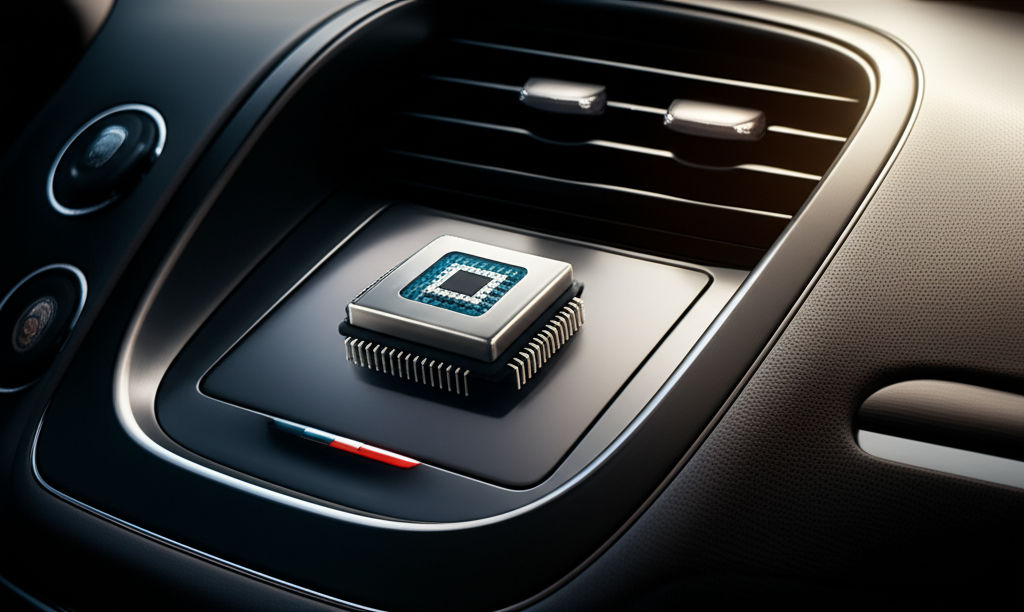
August 1, 2025
How Automotive Gyroscope Technology Works Today
Explore how automotive gyroscopes are your car's unseen guardian, boosting safety, stability & enabling autonomous driving.
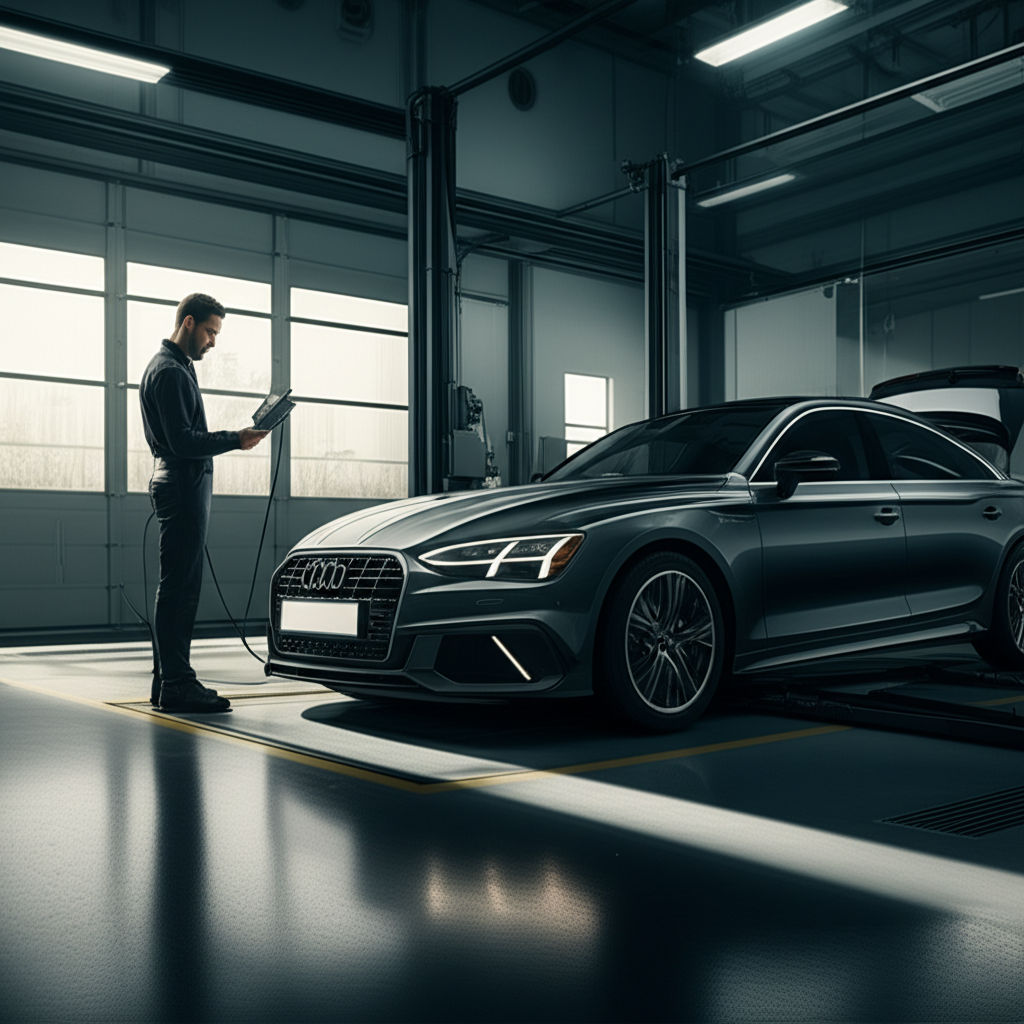
August 27, 2025
What To Expect From Precise Automotive Group
Expect the best from Precise Automotive Group: certified experts, transparent pricing, and trusted auto care for your vehicle's long-term health.

February 14, 2025
Choosing the Best Car Audio System Setup
Upgrade your ride with the perfect car audio system! Learn how to choose the right setup for an enhanced sound experience on the road.
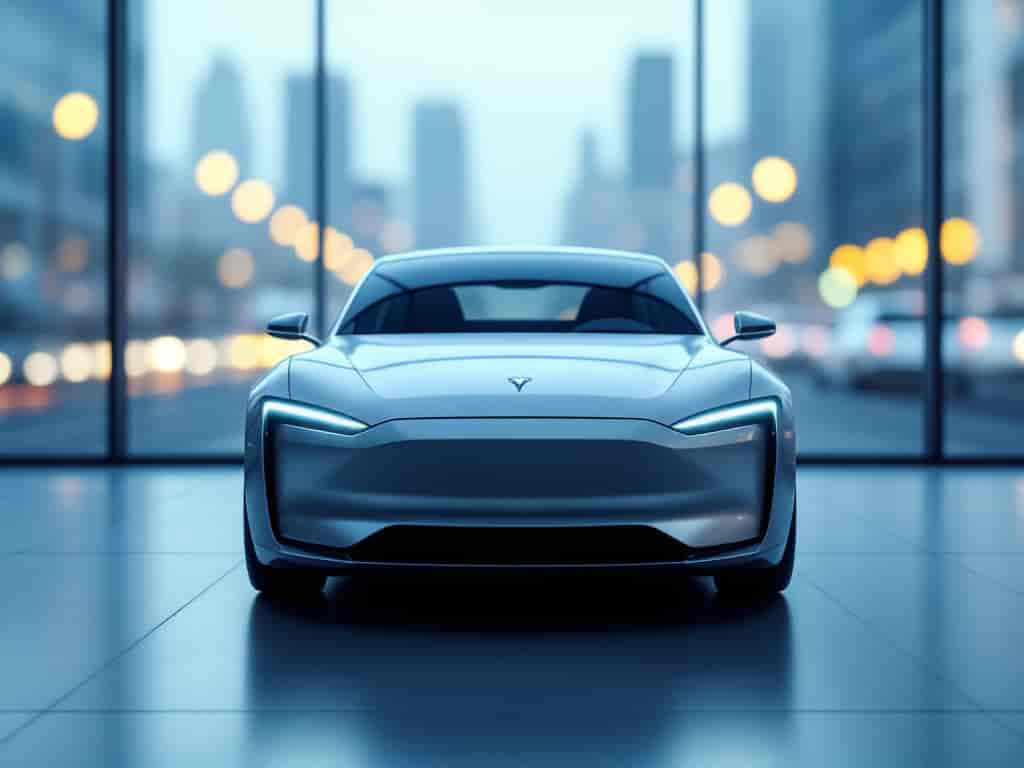
February 16, 2025
Top Electric Vehicle Myths Debunked
Don’t believe the EV myths! We debunk the top misconceptions about electric vehicles and reveal the truth behind green driving.
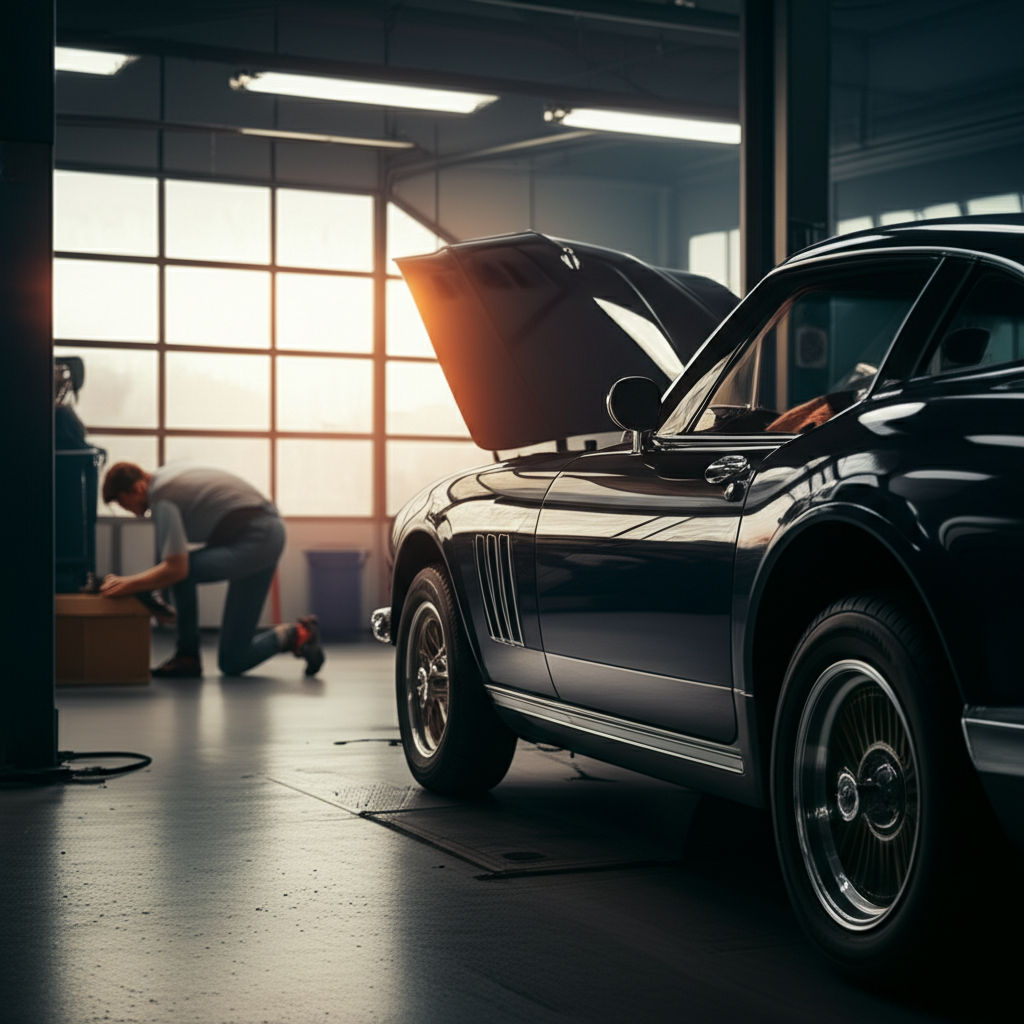
August 5, 2025
Century Automotive Services With Proven Quality
Century Automotive Services sets the gold standard for proven quality. Learn how expertise & trust ensure your vehicle's longevity & safety.




